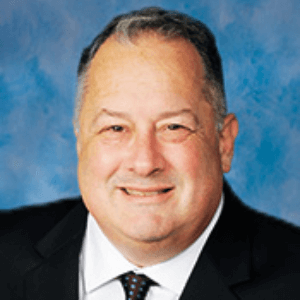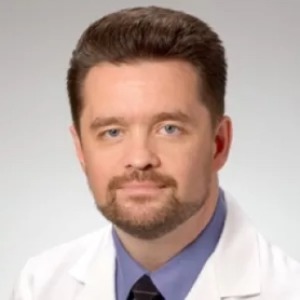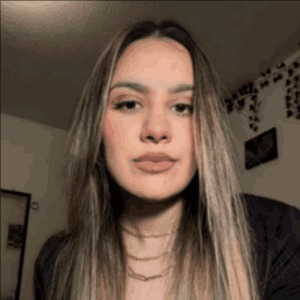Essential Tremor
Essential tremor (ET) is a neurological disorder characterized by an uncontrollable shaking and trembling in parts of the body, often in the hands, arms, head, face, or voice. It is the most common type of tremor that affects about one million people in the United States and is usually progressive with age. Symptoms vary in severity and are often mistaken for parkinsonism or other neurological disorders. The exact cause of ET is unknown, but genetics is believed to play a role. Researchers have identified mutations on three different genes — LINGO1, PRKCG, and CACNA1A — that appear to increase the risk of developing ET. Environmental factors, such as toxins or trauma, may also be involved. The symptoms of ET often include a nodding of the head, an up-and-down movement of the hands, and a trembling of the voice. Sometimes the tremor can be so severe that people cannot complete everyday activities, such as writing or eating. Some people develop an “intention tremor”, where the tremor becomes worse when trying to perform a specific task, such as buttoning a shirt or holding a cup. There is no cure for ET and treatment is focused on symptom management. Depending on the severity of the tremors, medications such as primidone, propranolol, and gabapentin may be prescribed. Botox injections may also be used to reduce the intensity of tremors in the head and neck. Surgery may also be an option for people with severe, disabling tremors. Living with ET can be challenging and it’s important to get support from family and friends. It’s also important to stay active, stay healthy, and keep your mind engaged. There are also support groups that can help people with ET better manage their symptoms and lead more productive lives.

Joe Sam Robinson
Mercer University, United States
Robert B Slocum
University of Kentucky HealthCare, United States
George Diaz
Memorial Healthcare Systems, United States
Daniel Curry
Texas Children’s Hospital, United States
Zhenhuan Liu
Guangzhou University Chinese Medicine, China
Kiran Ghotra
Lake Erie College of Osteopathic Medicine, United States




Title : Atypical presentation of Juvenile myoclonic epilepsy in a 16-year-old female: A Case Report
George Diaz, Memorial Healthcare Systems, United States
Title : Narrative medicine: A communication therapy for the communication disorder of Functional Seizures (FS) [also known as Psychogenic Non-Epileptic Seizures (PNES)]
Robert B Slocum, University of Kentucky HealthCare, United States
Title : Nanoparticles passing the blood brain barrier to treat cancer, infection, and more
Thomas J Webster, Brown University, United States
Title : Managing healthcare transformation towards personalized, preventive, predictive, participative precision medicine ecosystems
Bernd Blobel, University of Regensburg, Germany
Title : Transcranial painless neurorehabilitation scalp acupuncture electrical stimulation for neuroregulation of autism spectrum disorder
Zhenhuan Liu, Guangzhou University Chinese Medicine, China
Title : The million-dollar workup
Zoe Reinus, University of Connecticut, United States